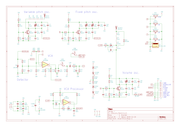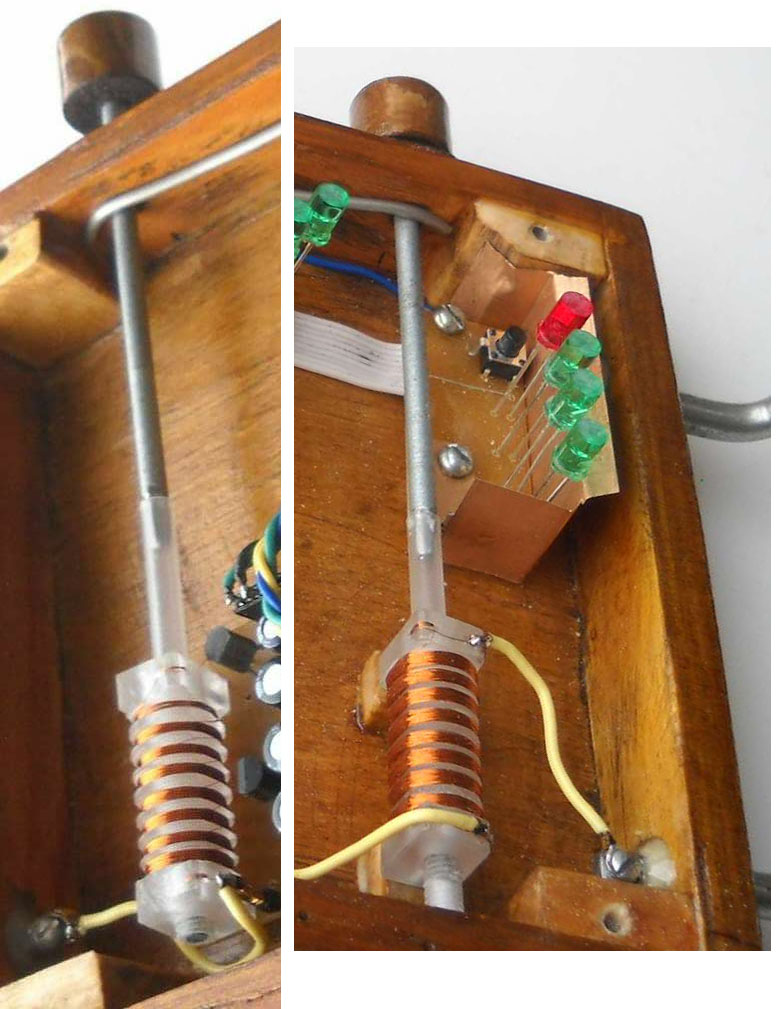Charm,
so you want to build four Theremins by Christmas of 2020, which is 12 months from now? That is very ambitious; your learning curve will teach you why.
Like you twenty years ago I wanted to build my first theremin and only use the basic parts I could find at a chain store here called Radio Shack, why today my design uses basic parts. What did you expect to achieve by changing the EWS oscillator configuration, they are a solid design that I don't like.
I had some knowledge of electronics but had never worked in electronics, why I am not always clear in how I express things. I just learned as I went along.
I think the idea of a digital theremin is a dead end unless you like a whistle with latency, why no Theremin Professional plays one.
Always get a sound samples of any theremin design you have interest as that is as good as it gets. I had my sound ten years ago but last Christmas is the first time I heard a Thereminist play my design. My Theremin project is an experiment that will evolve more, I have nothing to sell.
I like digital logic in its proper application and why once in a while I show people here that making money in the stock market which is all numbers is real. This is my Extreme Logic, over 10,000 lines of code behind an Excel Spreadsheet; to anyone with common sense you can see my favorite algorithms. This is this week 11.11.19 I think it funny people that always show code and no results. In mine you see no code, just $3000 profit in three weeks if you play a minimum amount.
As long as we are having fun that is most important.
Christopher 




